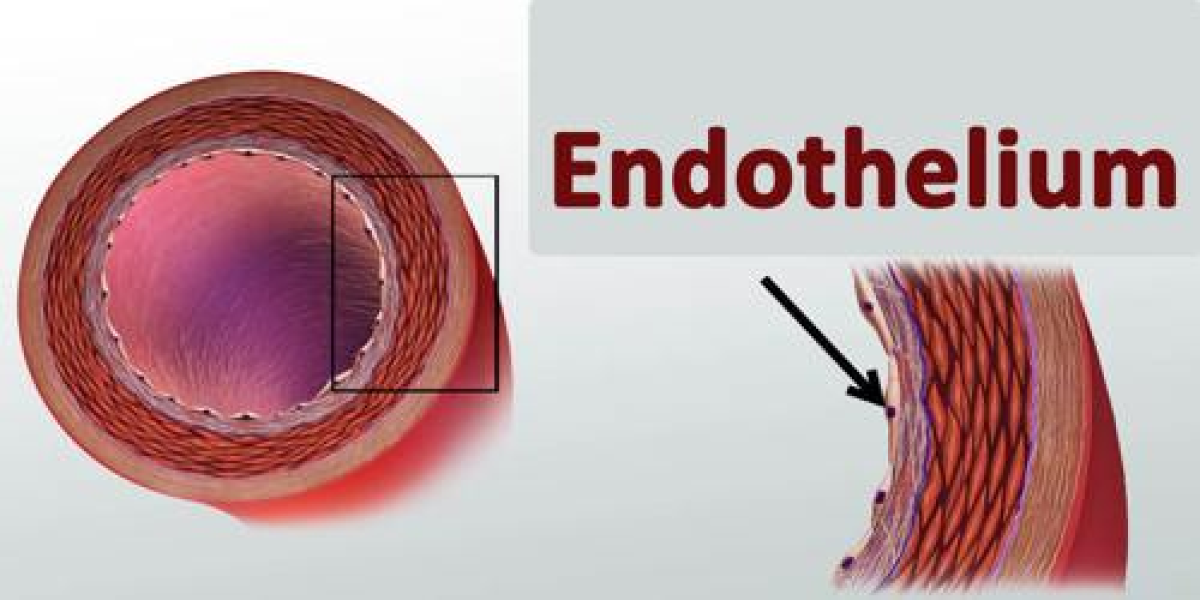Studies signal that damage to the endothelium—cells that cover blood vessels like wallpaper—could underpin the thrombosis and inflammation induced by coronavirus infection.
The endothelium as a common theme in COVID-19
The endothelium comprises a single layer of cells that forms the interior lining of blood vessels throughout the body. The tissue physically insulates blood elements from the highly thrombogenic, or clot-promoting, subendothelial connective tissue. In addition, under normal conditions, blood cells flow past without getting stuck because of the balance between the pro- and anti-clotting properties of the endothelium.
“The endothelium is like Teflon. Nothing sticks to it,” Harvard Medical School’s Denisa Wagner tells The Scientist. But just as a Teflon pan becomes sticky when scratched, a host of factors—including viral infection and encounters with agents of inflammation—makes it sticky. Such insults trigger endothelial release of VWF, which tethers platelets—cells involved in clotting—to the vessel wall, while the elevation of P-selectin causes leukocytes or immune cells to stick to the endothelium as well. This sets in motion a cascade of events that drives clot formation and inflammation—two defining features of severe SARS-CoV-2 infection.
For More Information: https://www.the-scientist.com/news-opinion/the-specter-of-endothelial-injury-in-covid-19-68121
